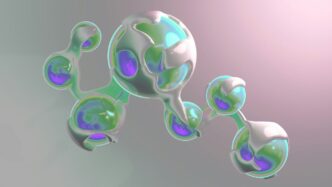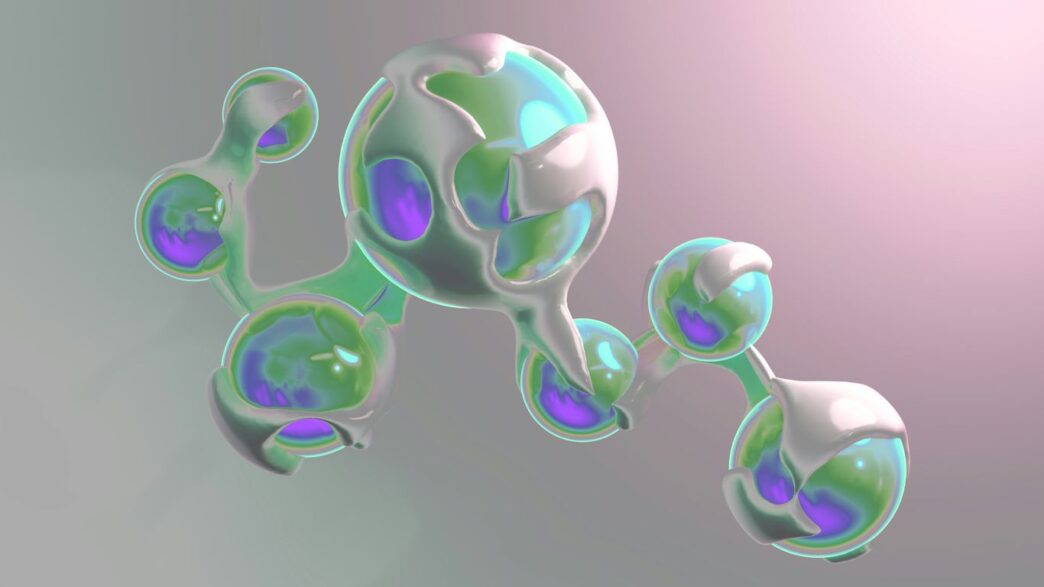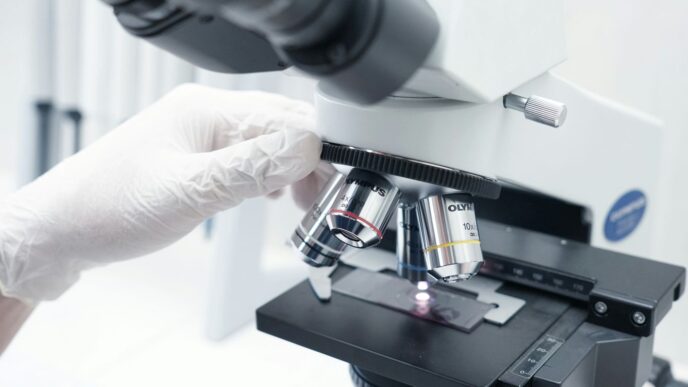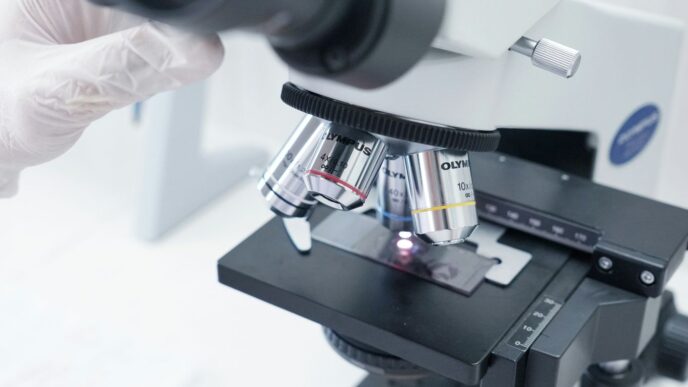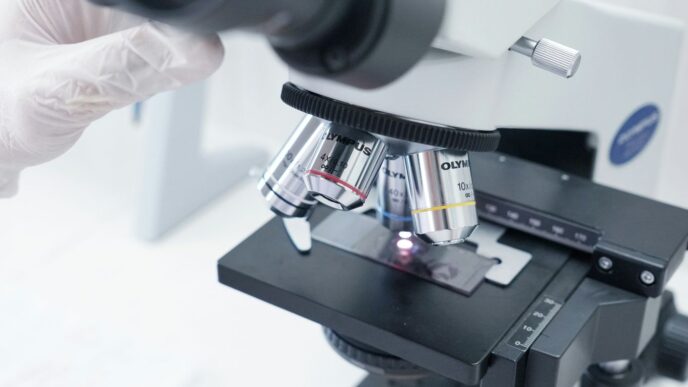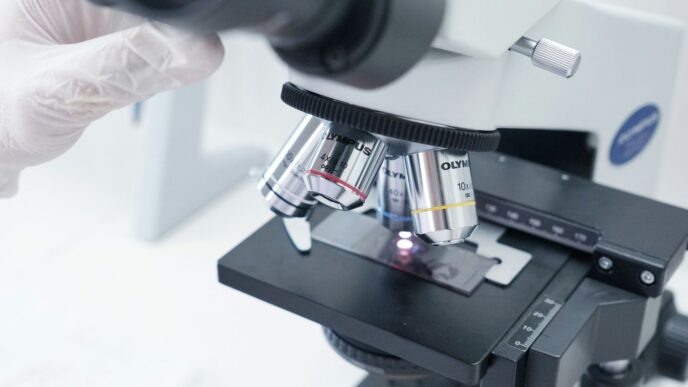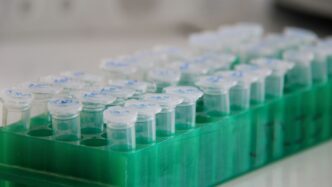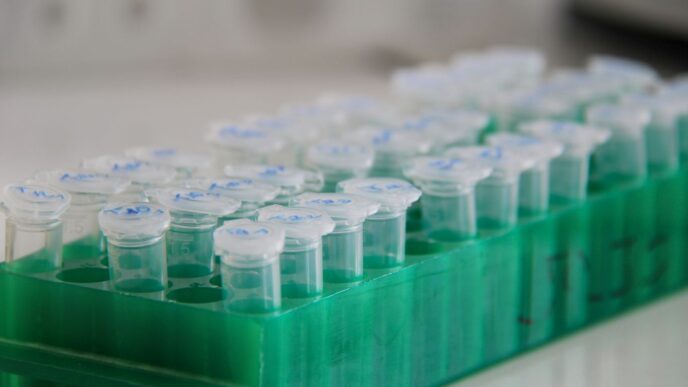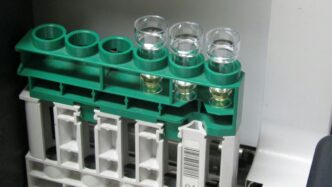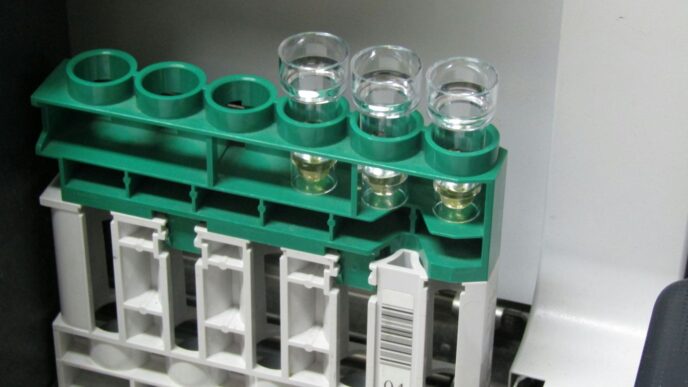Ever wondered about that super clean water you sometimes get, or maybe you’ve seen filters advertised that promise the world? Often, that’s thanks to something called osmosis, specifically reverse osmosis. It sounds fancy, but at its heart, it’s a clever way to clean water. This guide is going to break down what is osmosis, how these systems work, and why they’re becoming so popular for getting better water at home and in businesses. We’ll look at the good stuff, the not-so-good stuff, and what you need to know if you’re thinking about getting one.
Key Takeaways
- Osmosis is a natural process where water moves across a barrier to balance concentration, but reverse osmosis uses pressure to push water through a special filter, cleaning it.
- Reverse osmosis systems work in stages, starting with pre-filters to catch big stuff, then a fine membrane to remove tiny impurities, and often a final filter for taste.
- These systems are used everywhere from homes for drinking water to big industries for making products pure, offering clean water benefits.
- While some water goes down the drain during the cleaning process, it’s part of how the system works efficiently, and new designs are trying to use less water.
- Keeping your osmosis system clean with regular maintenance is important for it to work well and last a long time, and choosing the right system for your needs is key.
Understanding What Is Osmosis
So, you’ve heard about osmosis, maybe in science class, or perhaps you’re looking into water filters for your home. It sounds a bit technical, right? But really, it’s a pretty neat natural process that we’ve figured out how to use to our advantage, especially when it comes to cleaning water. Think of it as nature’s way of balancing things out, and we’ve just given it a little nudge to make it work for us.
The Fundamental Process of Osmosis
At its core, osmosis is all about movement. Specifically, it’s the movement of water molecules across a barrier, but not just any barrier. This barrier is called a semi-permeable membrane. Imagine a screen door – it lets air through but keeps bugs out. A semi-permeable membrane is similar, but on a much, much smaller scale. It has tiny holes that let small things, like water molecules, pass through, but block bigger things, like salt or other dissolved stuff.
So, what makes the water move? It’s all about concentration. If you have a lot of water on one side of the membrane and less water (because it’s mixed with other things) on the other side, the water will naturally want to move from the side where it’s more concentrated to the side where it’s less concentrated. It’s trying to even things out, to dilute the more concentrated side. This natural tendency for water to move across a semi-permeable membrane from an area of high water concentration to an area of low water concentration is the essence of osmosis.
Osmosis Versus Other Filtration Methods
When we talk about cleaning water, osmosis, especially its
How Reverse Osmosis Systems Function

So, how does this whole reverse osmosis thing actually work? It’s not magic, though the results can feel like it. Think of it as a multi-stage process designed to get the gunk out of your water. It’s a pretty neat system that uses pressure and a special membrane to clean your water.
The Step-by-Step Purification Process
Water doesn’t just magically become pure when it enters an RO system. It goes through a series of steps, kind of like an obstacle course for impurities. Here’s a look at what happens:
- Pre-filtration: First, the water hits a sediment filter. This guy’s job is to catch the big stuff – think sand, rust, and other bits of debris that might be floating around. It’s like the first line of defense, protecting the rest of the system.
- Carbon Filtration: Next up is a carbon filter. This is where things like chlorine and some organic compounds get snagged. If your water has a funny smell or taste, this filter often helps fix that.
- Reverse Osmosis: This is the main event. The water, now pre-filtered, is pushed under pressure through a semi-permeable membrane. This membrane has incredibly tiny pores, so small that only water molecules can squeeze through. Dissolved salts, heavy metals, bacteria, and other larger contaminants are left behind.
- Storage: The clean water that makes it through the membrane is then stored in a tank, ready for when you need it.
- Post-filtration: Before the water reaches your faucet, it usually passes through one more carbon filter. This final step polishes the taste, making sure your drinking water is as fresh and clean as possible.
Understanding the Role of the Semi-Permeable Membrane
The heart of any reverse osmosis system is the semi-permeable membrane. You can’t really have RO without it. This isn’t just any filter; it’s a very specific barrier. Imagine a super-fine sieve, but on a microscopic level. It’s designed with pores that are roughly 0.0001 microns in size. That’s incredibly small! For perspective, a human hair is about 50-100 microns wide. This membrane acts like a gatekeeper, allowing water molecules to pass through while blocking almost everything else. It’s this selective filtering that allows RO to remove such a wide range of impurities, from dissolved salts and minerals to bacteria and viruses.
Comparing Reverse Osmosis with Distillation
When people talk about purifying water, distillation often comes up. It’s another method that produces very pure water, but it works quite differently from reverse osmosis. Distillation involves boiling water to create steam, then cooling that steam to condense it back into liquid water. This process effectively separates water from impurities because the contaminants are left behind in the boiling pot.
Here’s a quick look at how they stack up:
| Feature | Reverse Osmosis | Distillation |
|---|---|---|
| Process | Pressure-driven membrane filtration | Boiling and condensation |
| Energy Use | Moderate (requires electricity for pump) | High (requires significant energy for boiling) |
| Mineral Removal | Removes most minerals | Removes most minerals |
| Contaminant Range | Wide range, including dissolved solids, metals, bacteria | Wide range, effective against most impurities |
| Speed | Generally faster than distillation | Slower due to boiling and cooling cycles |
| Complexity | System components can be complex | Simple concept, but requires specialized equipment |
While both methods yield high-purity water, RO systems are often favored for home use due to their efficiency and speed compared to the energy-intensive process of distillation.
Applications and Benefits of Osmosis Technology
So, you’ve got this osmosis thing figured out, and now you’re probably wondering, ‘Okay, but where is this actually used?’ Turns out, it’s pretty much everywhere, making our lives easier and our water cleaner. It’s not just some fancy lab experiment; it’s a real-world solution for a lot of different needs.
Residential Uses for Clean Drinking Water
For most of us, the first place we encounter osmosis is probably in our own homes. Think about that crisp, clean water you get from your kitchen tap – chances are, a reverse osmosis system is working behind the scenes. These systems are often tucked away under the sink, quietly doing their job. They’re fantastic for making sure your drinking water is free from all sorts of stuff you don’t want, like dissolved solids, certain chemicals, and even some tiny organisms. Plus, it makes your coffee taste better and your cooking water purer. It can even help your appliances last longer by reducing mineral buildup that causes scale.
Industrial Solutions and Commercial Applications
But it’s not just about home use. In the industrial world, osmosis is a big deal. Companies that make medicines, food, and drinks rely on it to get super pure water. Why? Because the quality of the water directly impacts the quality of their products. Imagine making soda or a pharmaceutical drug with water that has impurities – not good, right? So, osmosis systems are used to meet really strict standards. Even power plants use it to create the pure water needed for their operations. It’s a workhorse technology that keeps many industries running smoothly and safely.
Cost-Effective Water Purification Advantages
Now, let’s talk about the money side of things. While setting up an osmosis system might seem like an upfront cost, it can actually save you money over time. Think about how much you might spend on bottled water each month. With an RO system, you’re essentially making your own pure water right at home. For businesses, it can mean reducing the need for expensive chemical treatments or buying purified water from elsewhere. It’s a smart investment for both your wallet and your water quality. Plus, by cutting down on bottled water, you’re also doing a good deed for the environment by reducing plastic waste. It’s a win-win, really.
Addressing Water Usage in Osmosis Systems
Okay, so let’s talk about the elephant in the room when it comes to reverse osmosis (RO) systems: water usage. It’s a topic that comes up a lot, and honestly, it can sound a bit concerning at first. You might hear that RO systems
Maintenance and Considerations for Osmosis Systems

So, you’ve got yourself a reverse osmosis system, huh? That’s pretty neat. They do a bang-up job cleaning your water, but like anything mechanical, they need a little TLC to keep running right. Ignoring them is kind of like ignoring your car’s oil changes – eventually, things start to go south.
The Importance of Regular System Maintenance
Think of maintenance as the secret sauce to keeping your RO system happy and efficient. It’s not just about having clean water; it’s about making sure the system itself doesn’t become a problem. When you skip out on upkeep, you’re basically asking for trouble. Filters get clogged, membranes can get damaged, and before you know it, your system isn’t cleaning your water as well as it should, or worse, it starts using way more water than it needs to. Regular check-ups and filter changes are the best way to keep your system working like a charm and prevent bigger headaches down the road.
Here’s a quick rundown of why it matters:
- Filter Lifespan: Filters are the first line of defense. They catch all the gunk before it hits the fancy membrane. When they’re full, they can’t do their job, and that means more contaminants can get through, or the system has to work harder, using more water.
- Membrane Health: The semi-permeable membrane is the heart of the RO system. If it gets clogged or damaged from lack of maintenance, it won’t filter effectively, and you might end up with less pure water or a system that needs a costly replacement.
- Water Efficiency: Believe it or not, a well-maintained system is usually a more water-efficient system. When everything is clean and working properly, the system doesn’t have to work overtime, which can reduce the amount of water sent to the drain.
Challenges and Potential Drawbacks
While RO systems are great, they aren’t perfect. One of the biggest things people talk about is the water usage. It’s true, RO systems do send some water down the drain as part of the process. This isn’t exactly
So, What’s the Takeaway?
Alright, so we’ve talked a lot about osmosis and how it works, especially with those reverse osmosis systems. It’s pretty neat how water moves around on its own, right? And those RO systems? They’re really good at cleaning up our water, making it safe to drink and cook with. Sure, they use a bit of water to do their job, and you have to keep them maintained, but when you think about all the plastic bottles we avoid and the cleaner water we get, it seems like a pretty good deal. It’s definitely something to think about if you’re looking for better water at home or even for bigger jobs. It’s not magic, but it’s a smart way to get cleaner water.

